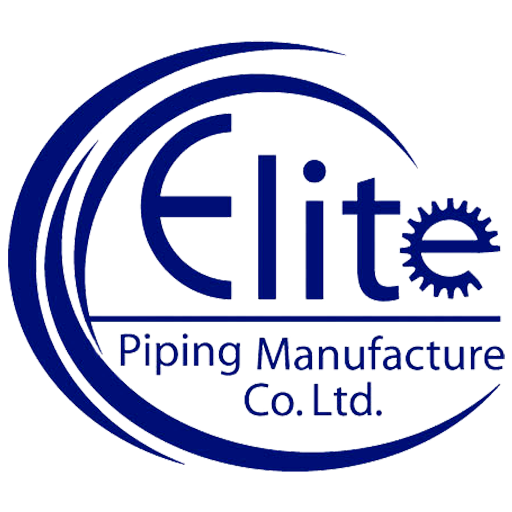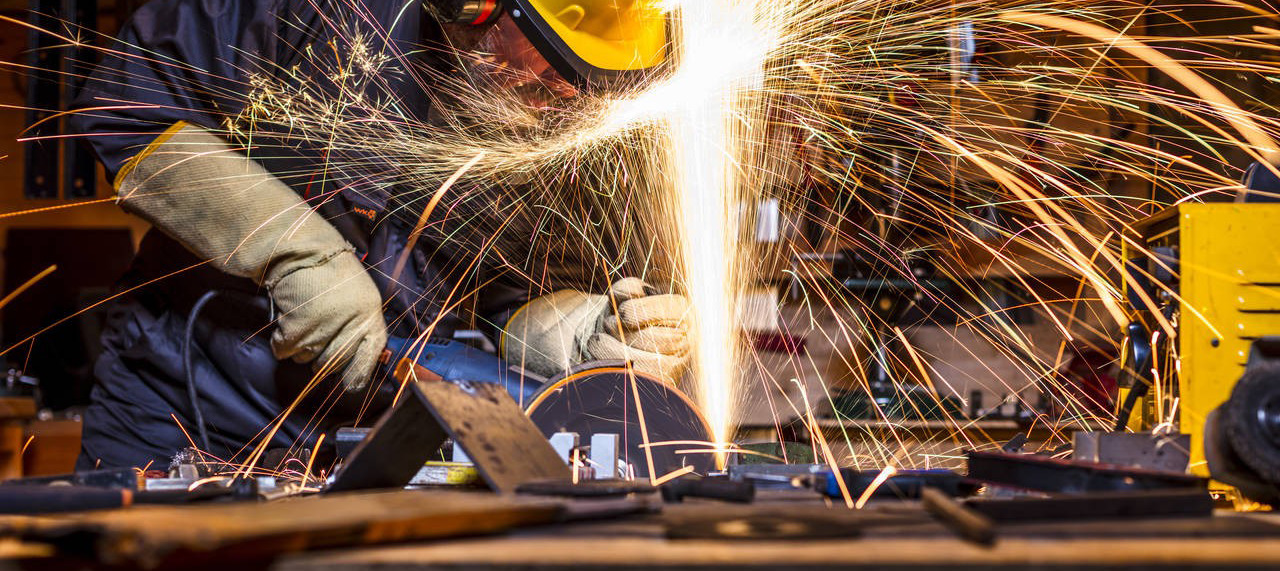Share this
In the actual production and development of butt welding flanges, different methods and processes are used for production and production. According to the process methods and principles, it has important value and effect on different aspects, and certain elements are added in actual production. Increase the characteristics and value of carbon steel flanges, and express the use characteristics and value of good flanges. In industrial pipelines, butt-welding flange connections are widely used. In the home, the diameter of the pipe is small, it is low pressure, and the connection of the butt welding flange is not visible. If in a boiler room or production site, flanged pipes and equipment are everywhere
What are the technical requirements for butt welding flanges?
1. The level and technical requirements of the butt welding flange shall meet the corresponding requirements of JB4726-4728. Flanges are referred to as flanges for short, and they are just a general term. They usually refer to opening several holes for fixing on the periphery of a disc-like metal body for connecting other things.
This thing is widely used in machinery, so it looks strange, as long as it looks like it is called a flange.
1. Carbon steel and stainless steel forgings with a nominal pressure PN of 0.25MP-1.0MPa are allowed to use Class I forgings.
2. In addition to the following provisions, forgings with a nominal pressure PN of 1.6MPa-6.3MPa shall meet the requirements for forgings of Class II or above.
3. Those who meet one of the following conditions shall meet the requirements of III and forgings:
(1) Forgings for flanges with nominal pressure PN≥10.0MPa;
(2) Chromium-molybdenum steel forgings with nominal pressure PN>4.0MPa;
(3) Ferritic steel forgings with nominal pressure PN>1.6MPa and working temperature ≤-20 degrees Celsius. Neck flange connection or flange joint refers back to the detachable connection of the flange, Gasket and bolt as a group of the combined sealing structure.
Pipe flange refers back to the flange used for piping in the pipeline installation, And used on the equipment refers to the inlet and outlet flange of the equipment. There are holes in the flange, and the bolts tightly connect the two flanges.
2. Butt welding flanges are generally made by the forging or forging process.
When steel plate or section steel is used, the following requirements must be met:
1. The welded flange should be inspected by ultrasonic (a sound wave with a frequency higher than 20000 Hz), without delamination defects;
2. It should be divided into strips along the rolling direction of the steel, bent and butt welded into a ring, and the surface of the steel forms a cylindrical surface of the ring. Steel plates shall not be directly machined into butt welding flanges with necks;
3. The butt welding seam of the ring should adopt a full penetration weld;
4. The butt welding seam of the circular ring shall be subjected to post-weld heat treatment and subjected to ray or ultrasonic (a sound wave with a frequency higher than 20,000 Hz) flaw detection and the ray flaw detection meets the requirements of JB4730 Class II, and the ultrasonic flaw detection meets JB4730 Class I Require.
For pipe fittings, please link: https://bekingpiping.com

